Valuable Tips for Amazing Storytelling with Digital Photos
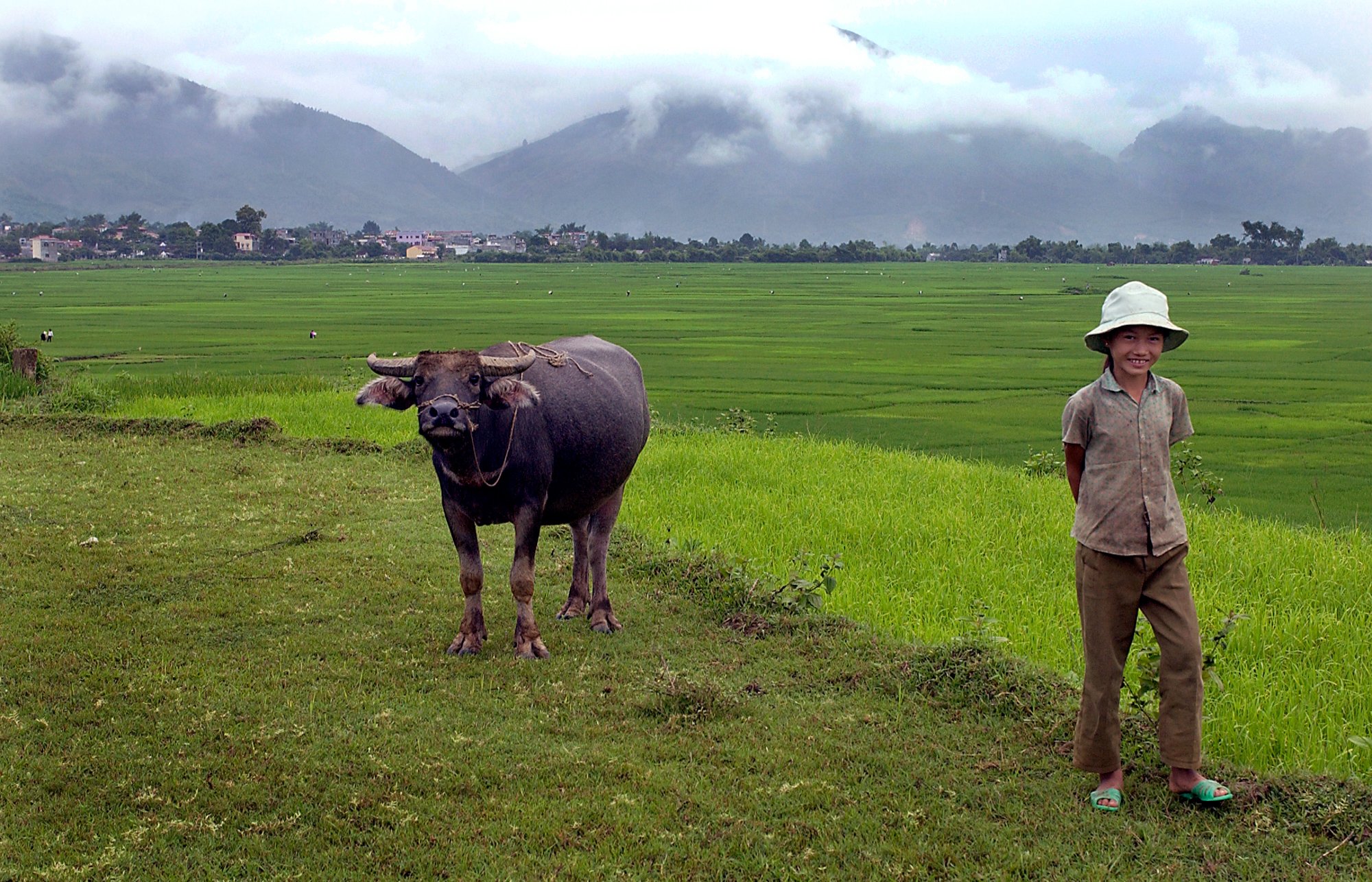
by
Kevin Landwer-Johan
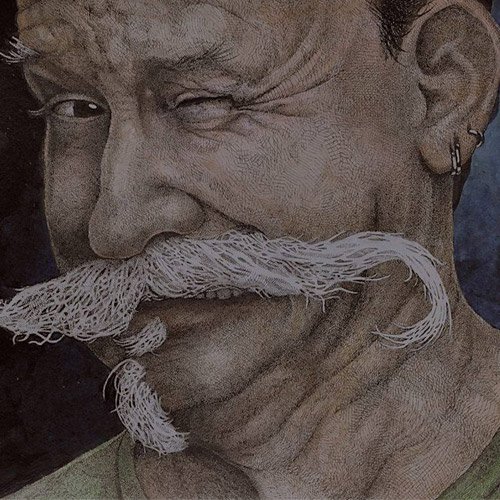
Storytelling with digital photos is challenging for many photographers. How can you tell a gripping story with photos?
Here are some tips and techniques that will help you become a better storytelling photographer.
Wide, Medium, Close Up
All strong storytelling with digital photos uses simple composition techniques. Including wide, medium and close up compositions will help carry your photo narrative. These three photo essay tools combine to build more amazing visual storytelling.
How Do Pictures Tell A Story?
Visualize what you want to say. What is your story about? Think about why you are creating a tell a story with your digital photos. How do pictures tell a story? Who will you include in your photo narrative? When is the best time to take your photos?
Plan your story before you pick up your camera. This will enable your storytelling with digital photos to be more compelling. You want people to be able to follow your photo narrative from beginning to end.
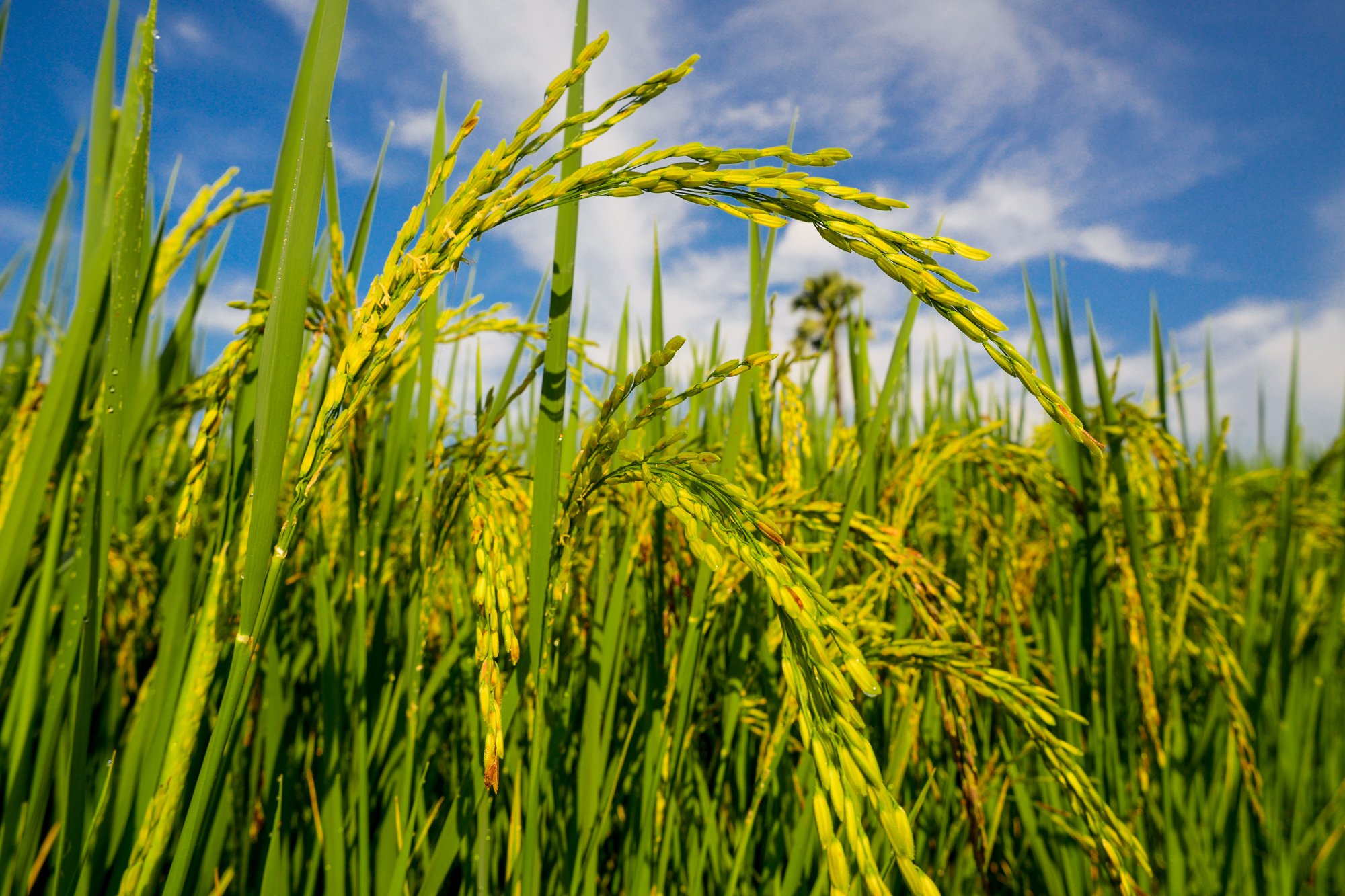
Including a mix of wide, medium and close up compositions provides the viewer with visual variety. This, combined with other photo essay tools, will help hold their attention.
For movie makers using these three composition styles is standard practice. The method has its roots in the silent movie era. Pictorial magazines include wide, medium and close up images in their layouts. They can be stand-alone photo narratives or as illustrations to a written story.
Incorporate these three styles into your story. This allows you to manipulate the way people understand it. By mixing up wide, medium and close-ups you can include and eliminate aspects of the subject material. Doing so will control what people see and what they do not see.
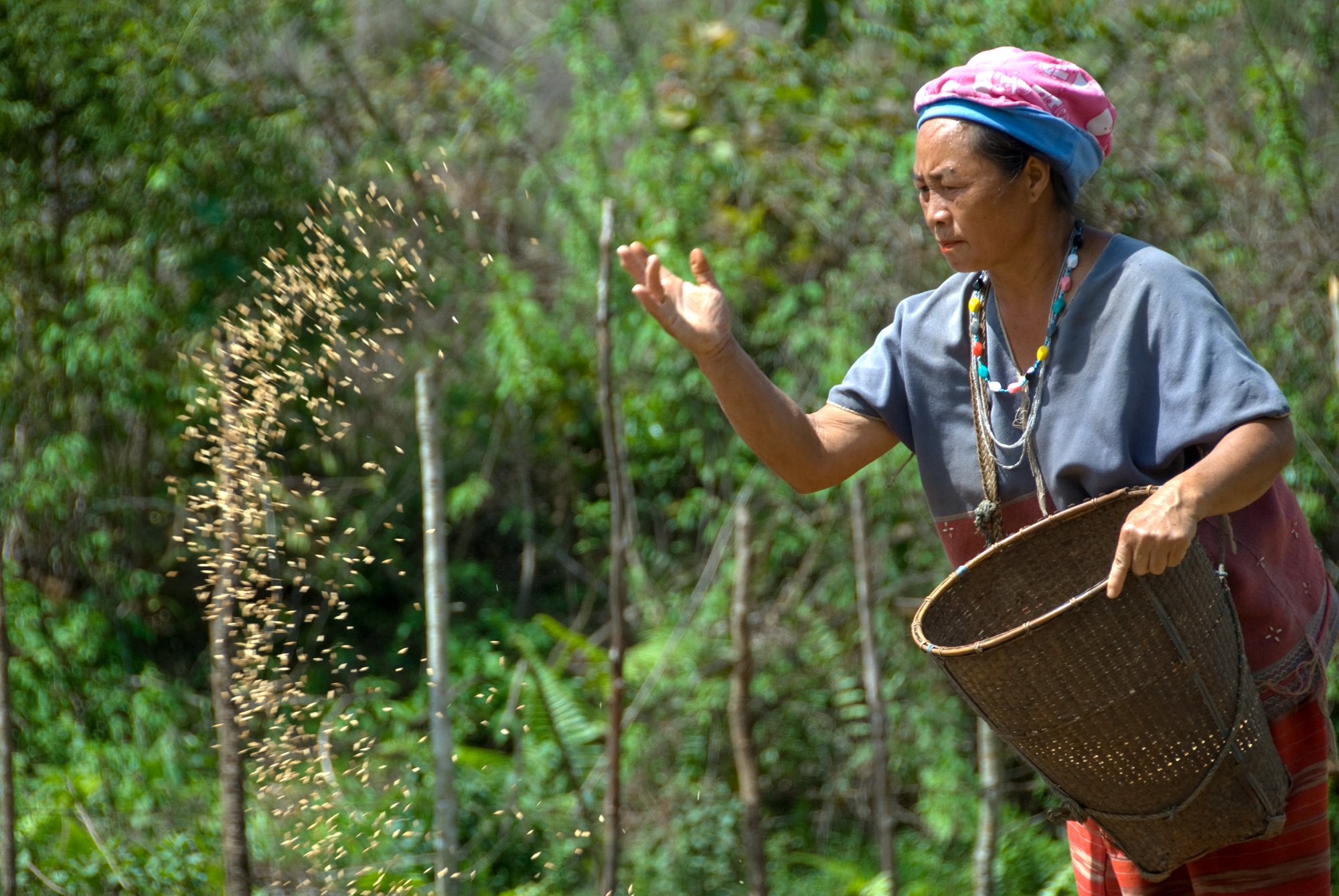
The Wide or ‘Establishing’ Composition
Establishing a scene, a wide view is often used. This provides the viewer with an immediate overview of the story setting. Revealing the location helps to anchor the photo narrative.
Wide-angle lenses are the typical choice for establishing images. But you can use any lens you like. When you have enough room to move back and still capture the whole scene, a longer or medium focal length can be used. Different optical characteristics of wide, medium and close-up lenses will affect the way your photos look.
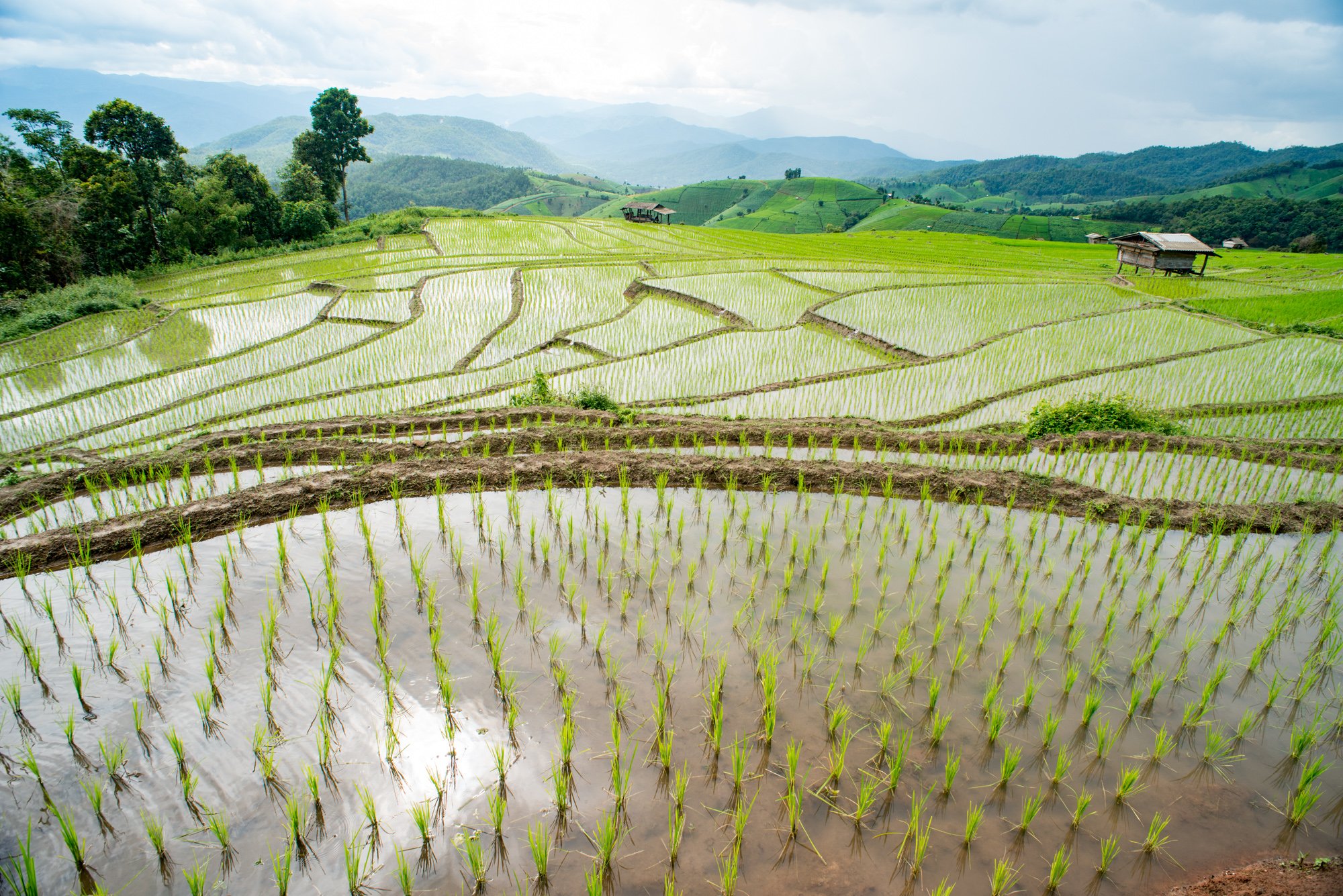
Using a Wide Angle Lens
Compositions made with a 35mm lens or wider tend to have more in focus. The depth of field (DOF) appears greater. Pictures will be crisper and have more visible detail. This allows people to perceive more of what you’ve photographed.
Photos taken with a wide lens and a narrow aperture may contain too much detail. You don’t want to overwhelm your viewers. Using a wider aperture setting you may be able to reduce the DOF and focus on one main subject. Carefully control how much of your photograph is in focus. Aim to blur the background enough so your main subject is obvious. By choosing your aperture well you can keep enough background detail to preserve meaning.
A well-controlled aperture setting allows you to manage the DOF. Find a balance. How sharp you want elements around your main subject to appear? This is one reason I use my 35mm lens so much. It’s widest aperture of f/1.4 gives me great flexibility. I can control how much or how little of my photos are in focus.
Compositions made with wide-angle lenses include more of a scene than narrower lenses do. Positioning one main subject in a wide-angle photo helps hold people’s attention. Using this technique you can show them the location and the main subject when you are storytelling with digital photos.
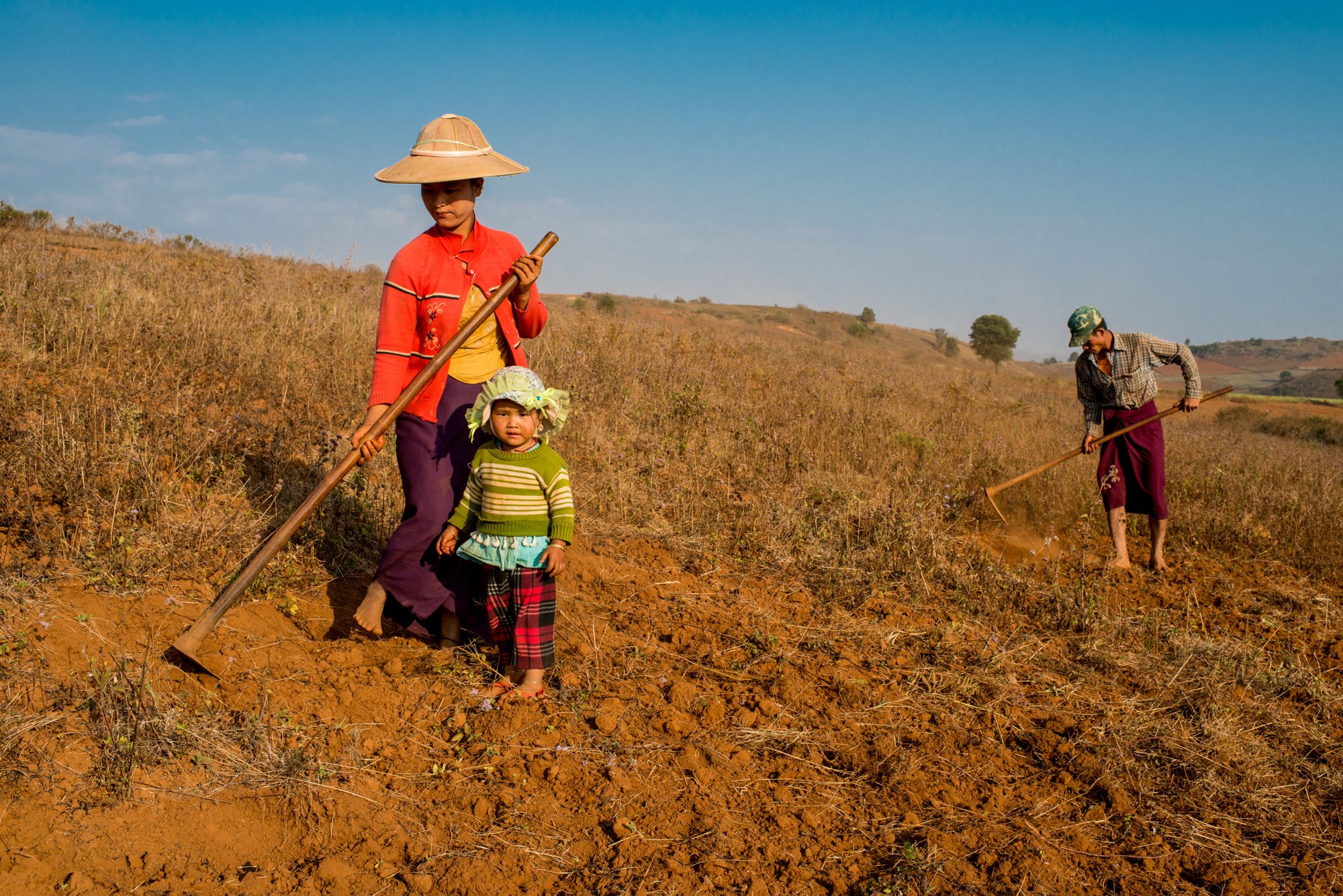
Wide Compositions with Narrow Lenses
Medium and longer focal lengths than 35mm can be used to make wide compositions. The look and feel of wide photos made with these narrower lenses is different than with a wide lens.
The main contributing factor in choosing a non-wide lens will be the amount of space you have to work in. When you can back up sufficiently from your scene you don’t have to use a wide lens.
Some advantages of using a medium or longer focal length can be:
- Reduce the foreground
- Compress elements in the composition
- Achieve a shallower DOF
Limiting how much foreground is in a composition can help when storytelling with digital photos. Sometimes foreground will be irrelevant or distracting. Using a wide-angle lens it can be difficult to eliminate this unwanted area. A medium or longer lens will give you more ability to crop out the foreground when you don’t want to include it.
The longer the lens you use, the more compressed the elements in your composition will appear. Things appear as though they are closer together on the two dimensional surface of a photo. Wide lenses tend to make everything look more spread out.
Using a longer lens means your DOF will appear shallower at any aperture setting. Controlling how much you have in focus can help your photo narrative to remain concentrated. When there are irrelevant elements in your scene you can blur them using a long lens and wide aperture.
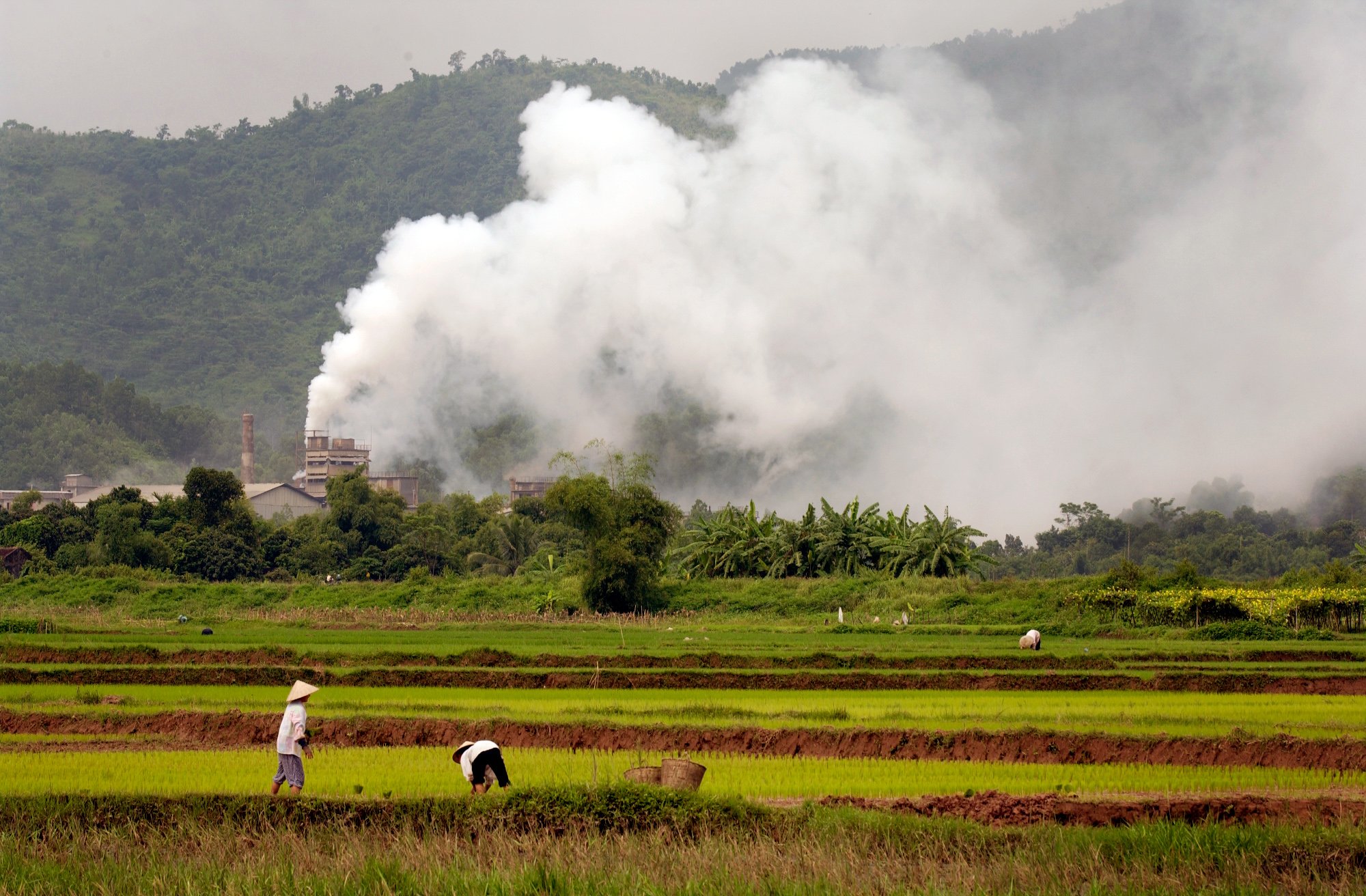
Strengthen Your Photo Narrative with Wide Compositions
Storytelling with digital photos is strengthened when you include wide photos. Do this throughout your narrative. Don’t restrict the use of wide photos to the opening image in your story. You don’t even need to use a wide photo to start with. Often an intriguing close up can grab people’s attention.
Mixing wide photos throughout your story will help to keep your photo narrative in context. When you don’t use enough of them, your viewers may lose sight of the big picture. Wide photos provide context.
What you exclude from a wide photo is as important as what you include. Fill your frame with information that’s relevant to your photo narrative. If elements within your frame are trivial use some technique to eliminate them.

Using Medium Compositions when Storytelling with Digital Photos
Medium compositions show less than wide and more than close up framing does. This is the type of photo that will make up most of the images in your photo narrative. A strong medium photo will contain contextual information. But it will contain less than in a wide composition. It will also show some detail, but not as much as a close-up. There’s no hard and fast rule for how a medium photo gets composed.
When your main subject is a person, a medium composition will not usually show the whole figure. A medium photo in a garden might include a single rose bush as the main subject. Surrounding it will be other plants in the garden, but not show the full context. For a still life composition, it will show what’s on the table, but not the whole room.
Use medium framing to build the body of your photo story. Balance character and context to lead your viewers through your narrative.
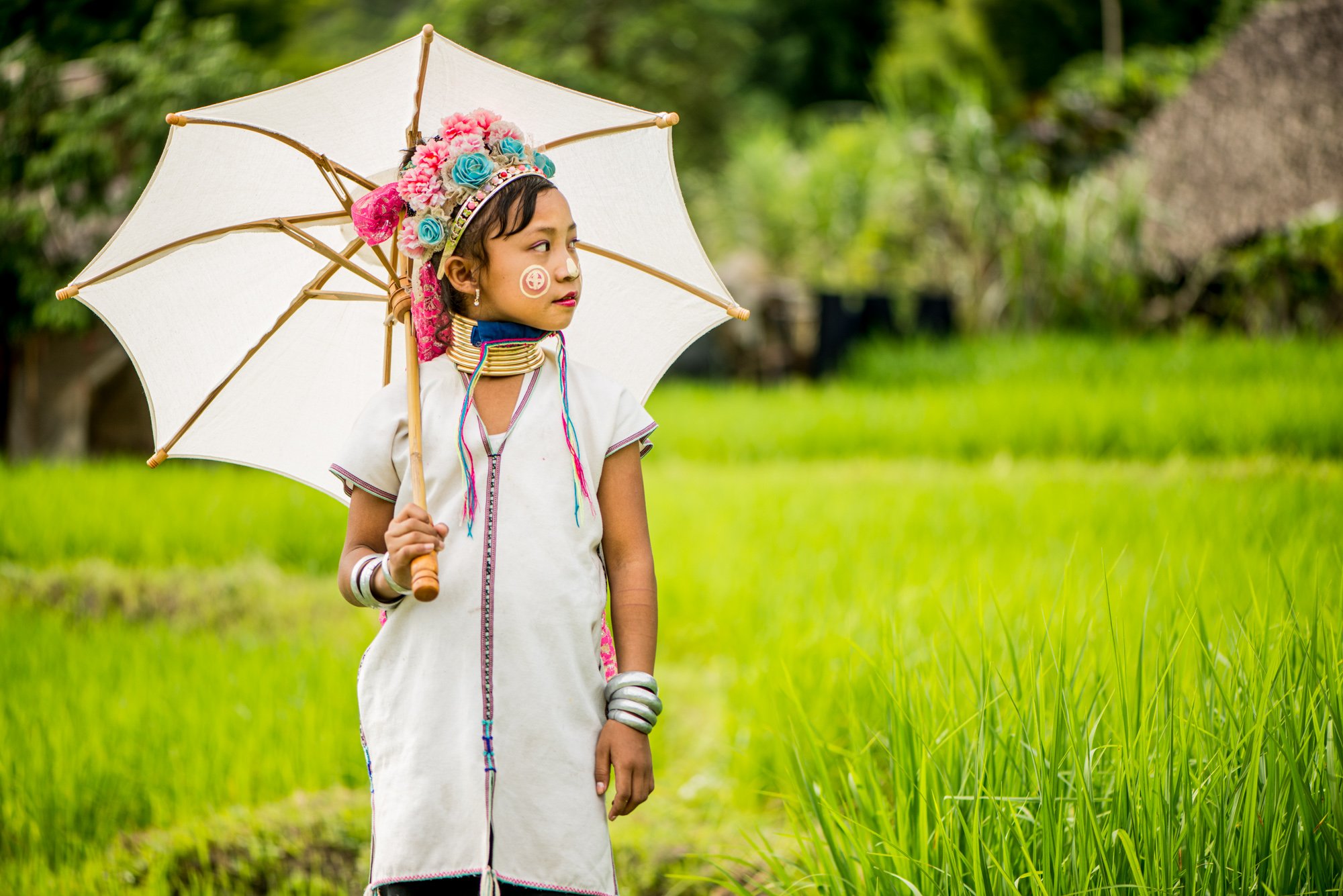
Use Any Lens You Like For a Medium Composition
Medium compositions do not require the use of a medium lens. Like wide photos, medium ones can be made with any focal length you find appropriate.
When choosing what lens to use, think about what you’ll see in the background. The wider the lens, the more of the background you’ll include. Coming in close to your subject with a wide lens, you’ll capture more of the background. Using a medium or longer lens reduces the amount of background in your frame.
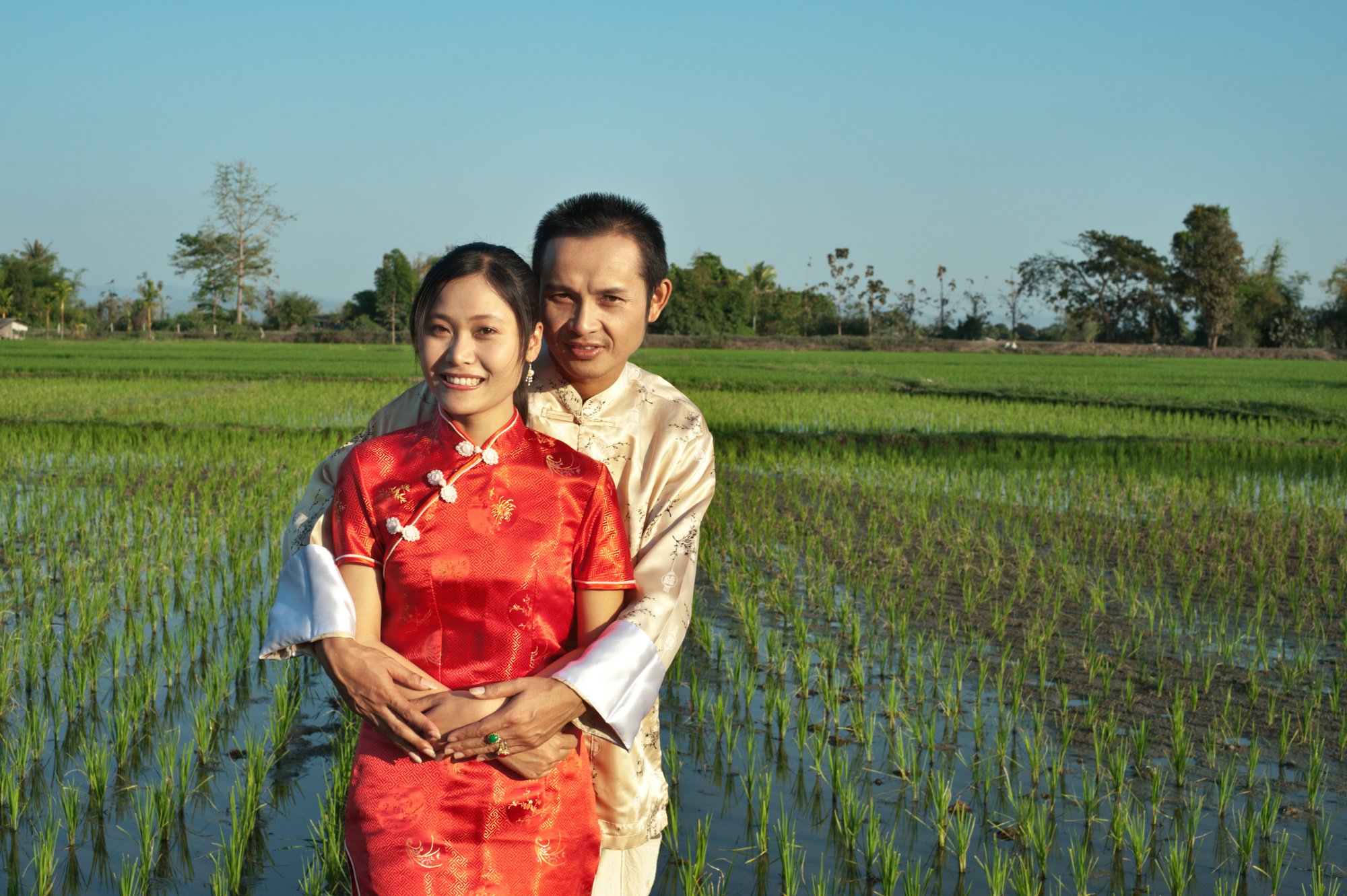
Using a very wide lens, say 28mm or wider, you will need to be careful to not distort your subject when you come in close. Framing your subject in the center will help avoid distortion. Placing it towards the edge of your frame you will risk it becoming skewed. Medium photos taken with wide lenses will include more contextual information. This can often help build your photo narrative.
A medium lens will limit how much of the background you include with your subject. Framing your subject with a medium lens will often keep a stronger focus on it than when you use a wider lens.
Longer focal length lenses can be used well to create medium compositions. Using a focal length of 100mm or more will help draw attention to your main subject. Less of the background will be framed and it’s easier to create a shallow DOF. This also helps isolate your subject.
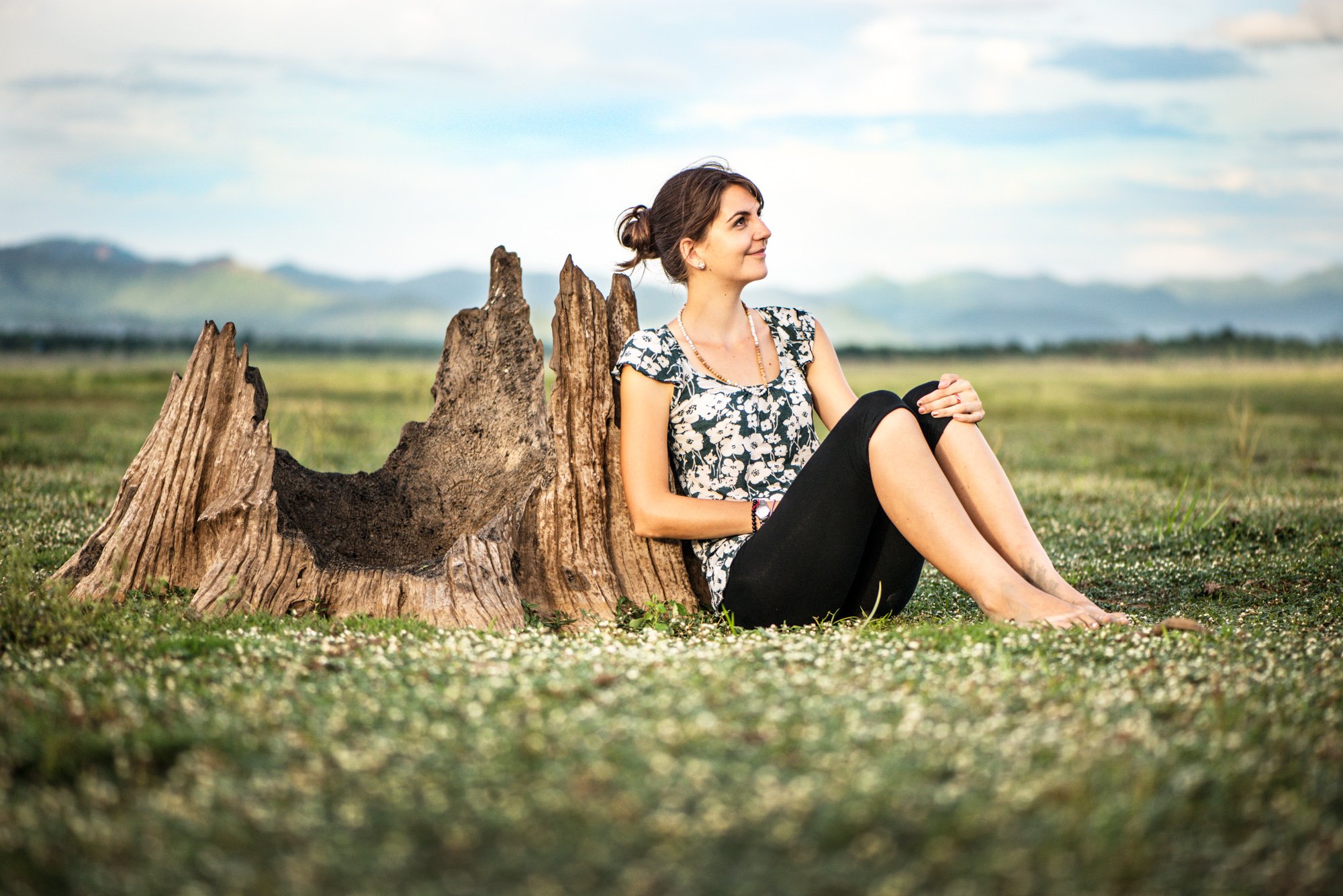
The Purpose of Medium Compositions in Your Photo Narrative
One main element or action makes for a more interesting medium photo. Don’t try to cram too much in. Remember, each photo is part of a series. Design them to work together when you’re storytelling with digital photos.
Think about how the medium photos take will work together to convey the story you are telling. These are the main building blocks for your narrative. Use them to help tie the story together and give it life and meaning.
Medium photos can frame one or more people. They will be close enough to see body language and facial expression. Interaction between people is often captured best using a medium composition.
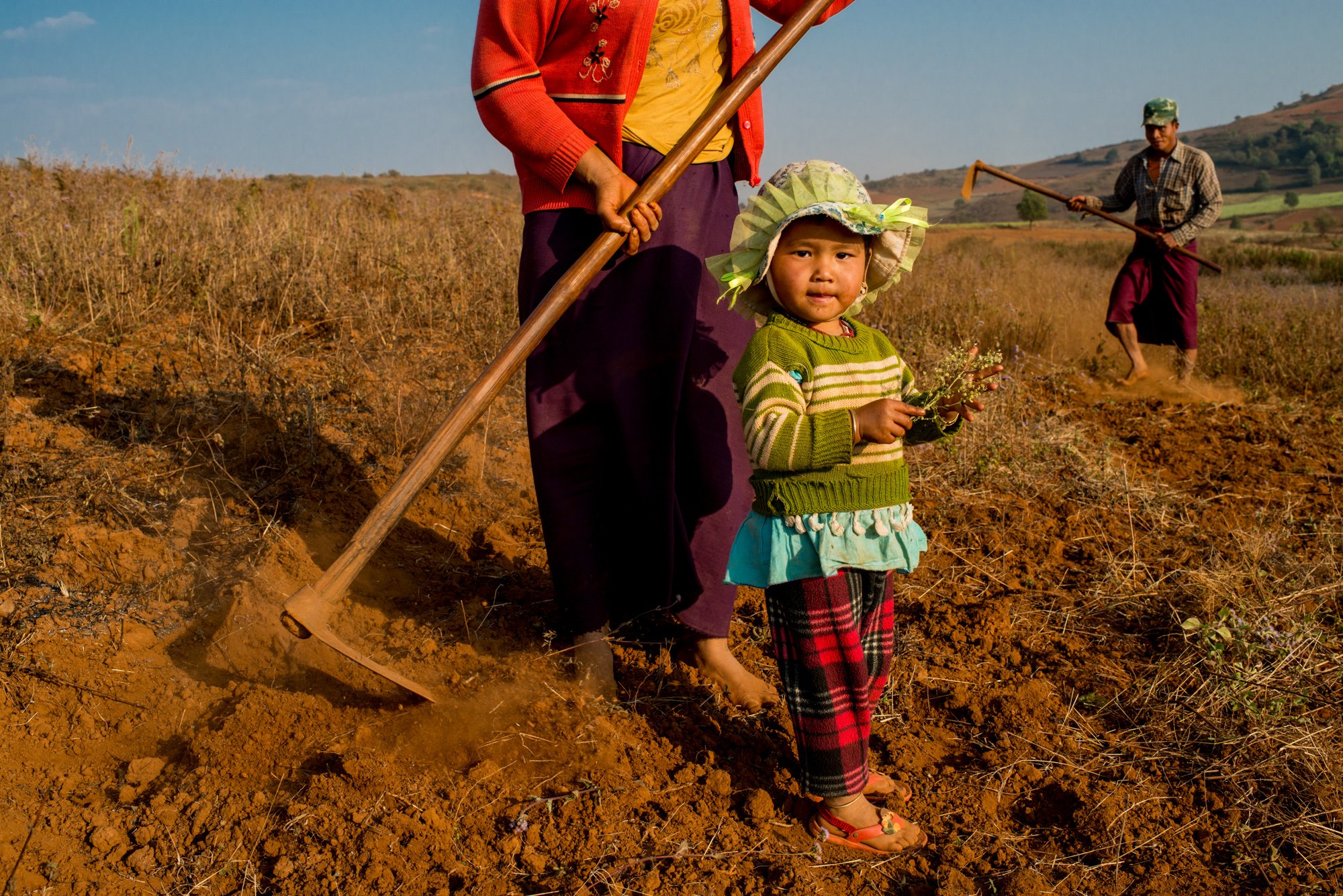
Capturing Detail with Close Up Compositions
Don’t neglect the details. Close up photos will bring a rich dynamic when you are storytelling with digital photos.
Look for interesting colors, patterns, and textures. Find individual items, or groups of things, that will add to your photo narrative. Frame them without anything else. Isolate these things. Create interesting compositions with them so they become an integral part of your image series.
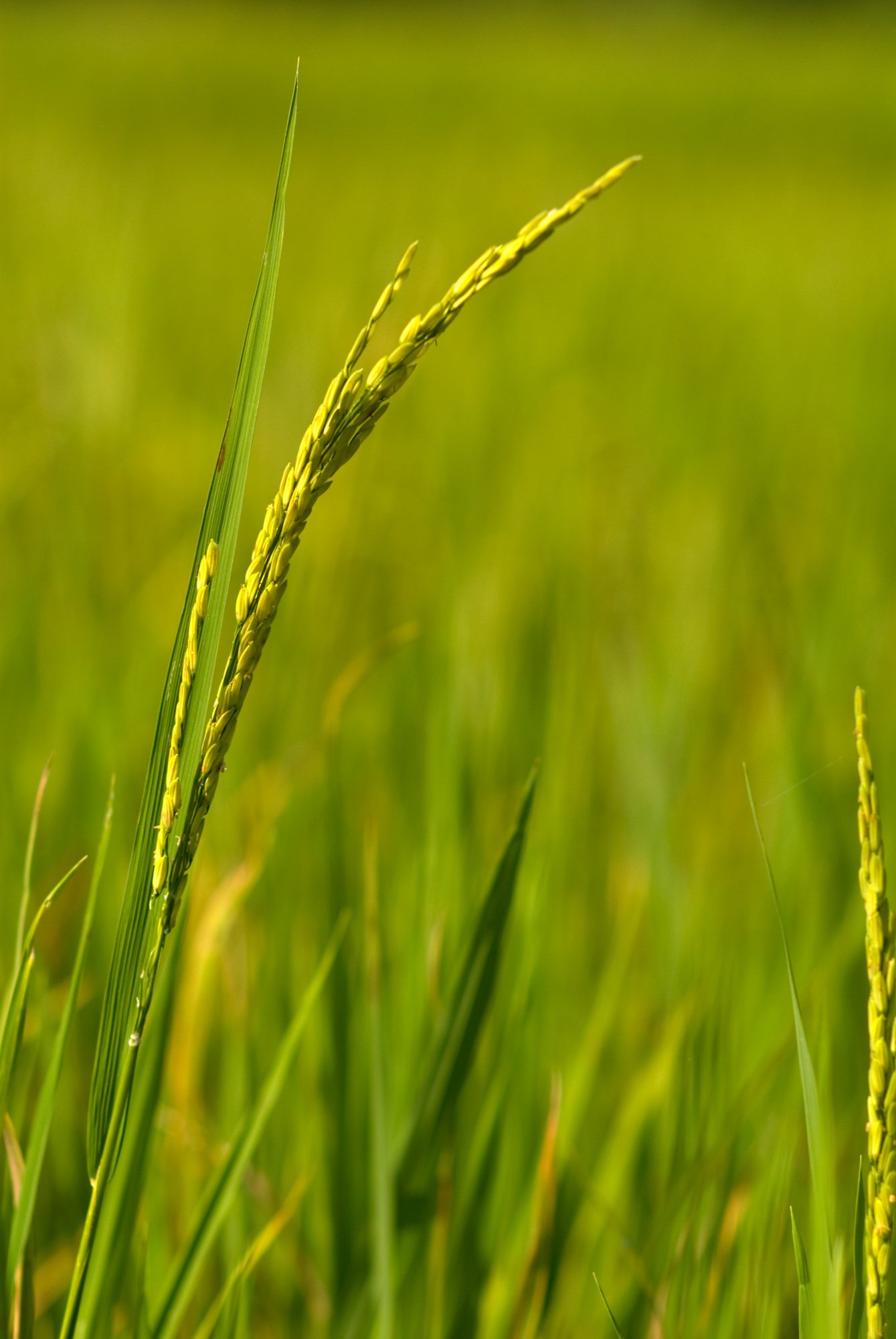
Show the fruit at the market, without anything else surrounding it. Capture the craftsperson’s tools lying on the workbench. Get in close to the flowers.
I love to find aspects of a story that might not be obvious to someone casually observing a scene. Look around for elements to focus in tight on that might be missed by someone passing by. The more relevant they are to your story the better they will fit the flow of your narrative.
When you can, get in close to people. Capture their facial expressions, but exclude the background. Crop in close to their hands as they work. Show detail on their clothes when it’s applicable to your story.
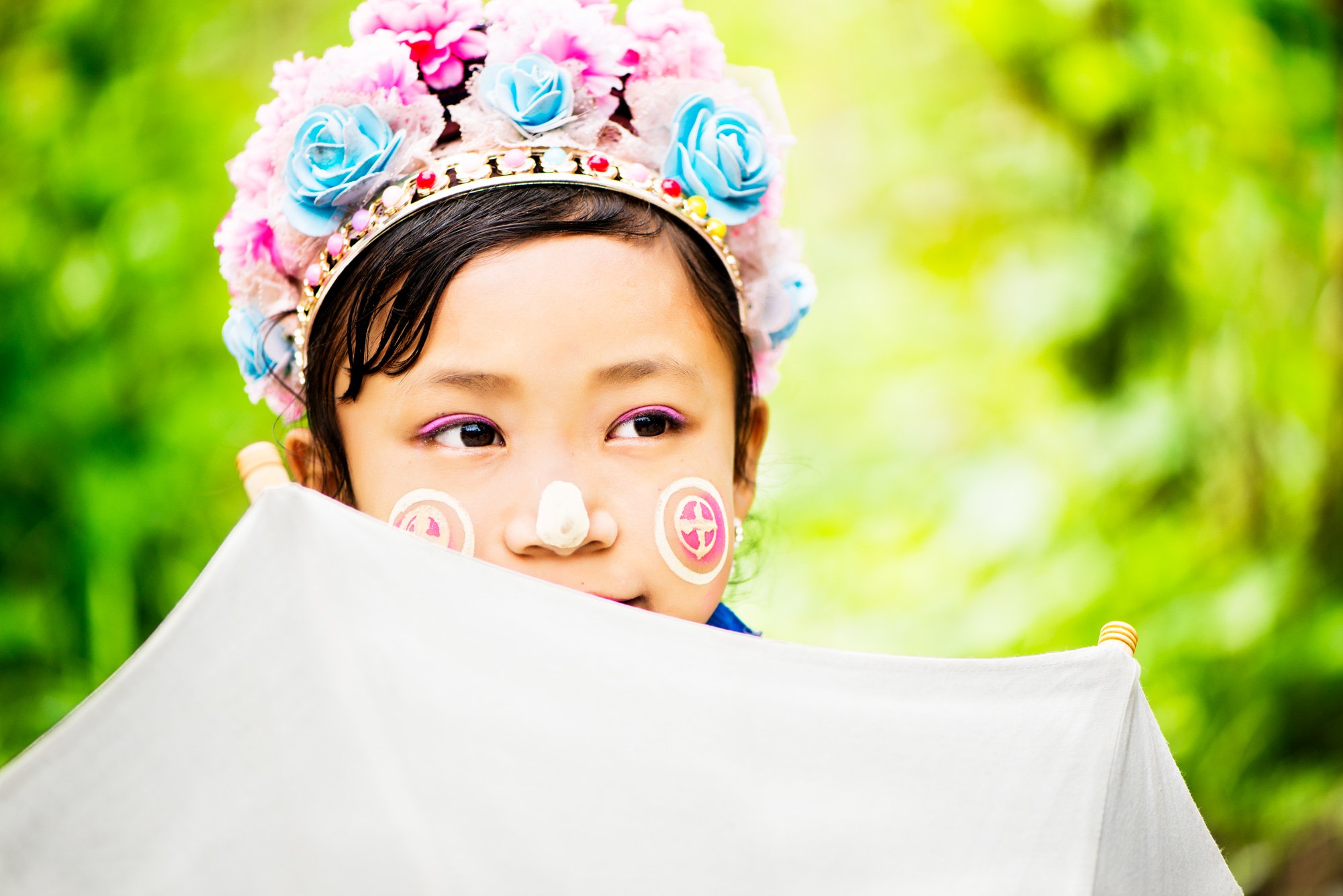
You Don’t Need a Close Up Lens for a Close Up Photo
Just as with wide and medium photos, you can use any lens for a close-up photo. The most important thing to consider is capturing the image the way you want it to. Will a wide lens do this better than a medium or longer lens? If it does, then use it. Don’t lock into thinking you need a macro lens for close up photos.
Often a wide lens will produce very interesting close-up photos. This is because the minimum focusing distance on wider lenses is often quite close. You can get in very tight to your subject with a wide lens and still have it in focus. Longer lenses can’t often focus very close, so this can be restrictive.
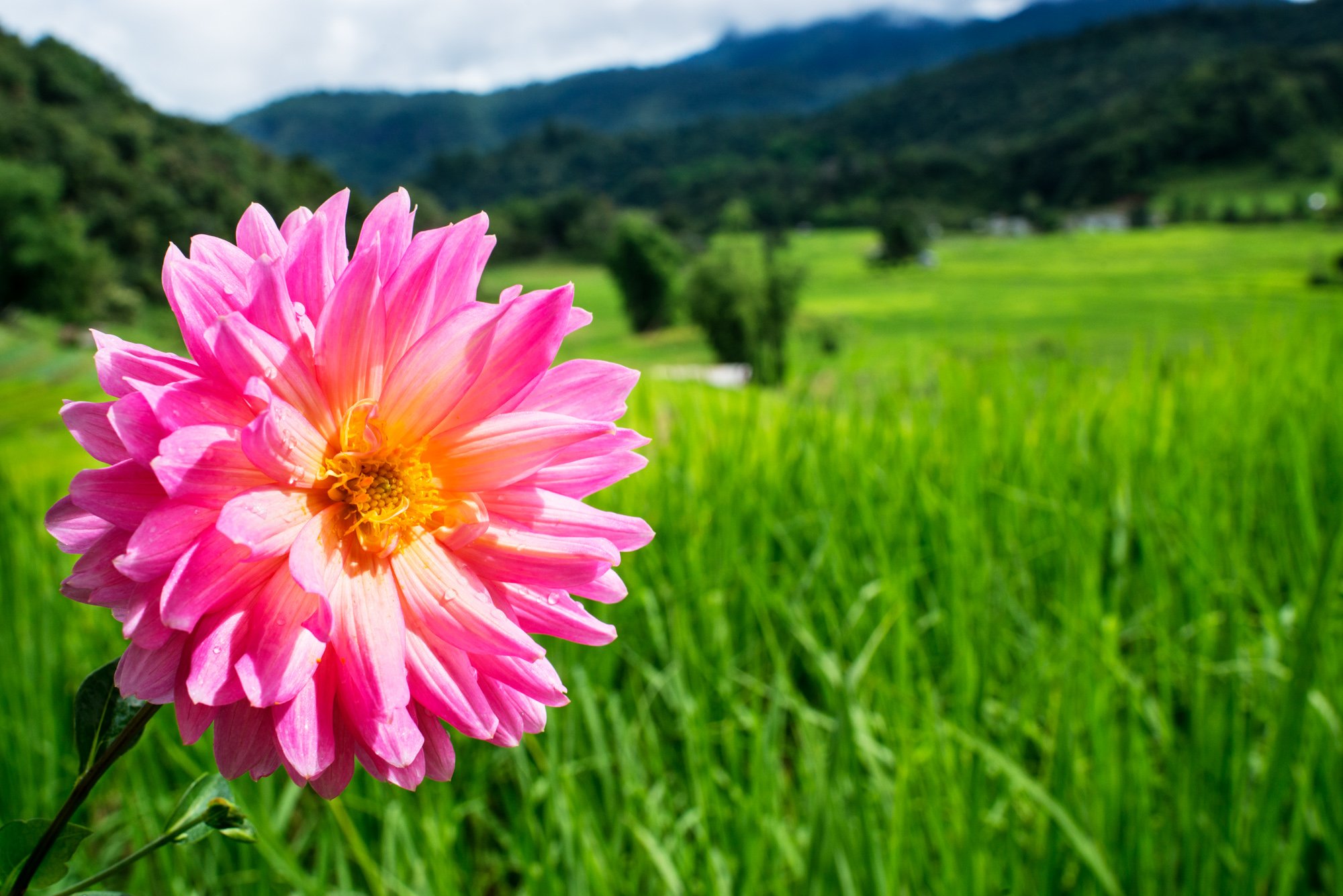
Macro lenses are designed for getting in close and capturing details. You have more options for close up compositions when you have a macro lens in your bag.
Remember, the closer you get to your subject the shallower the DOF will be at any aperture setting. If you want all the detail in focus you’ll need to use a narrow aperture when using a macro lens.
When your subject can be framed so most of it is parallel to your camera’s sensor, it’s easier to get more of it in focus. Coming in at an angle, your main subject may not all appear sharp when you are very close to it. This is so even when you use the smallest aperture.
Keep in mind, all the photos you are taking. Not every photo needs to show context. Other photos will do this. Some photos need to be more limited in what they show. This helps to draw attention to the main points of interest when you are storytelling with digital photos.
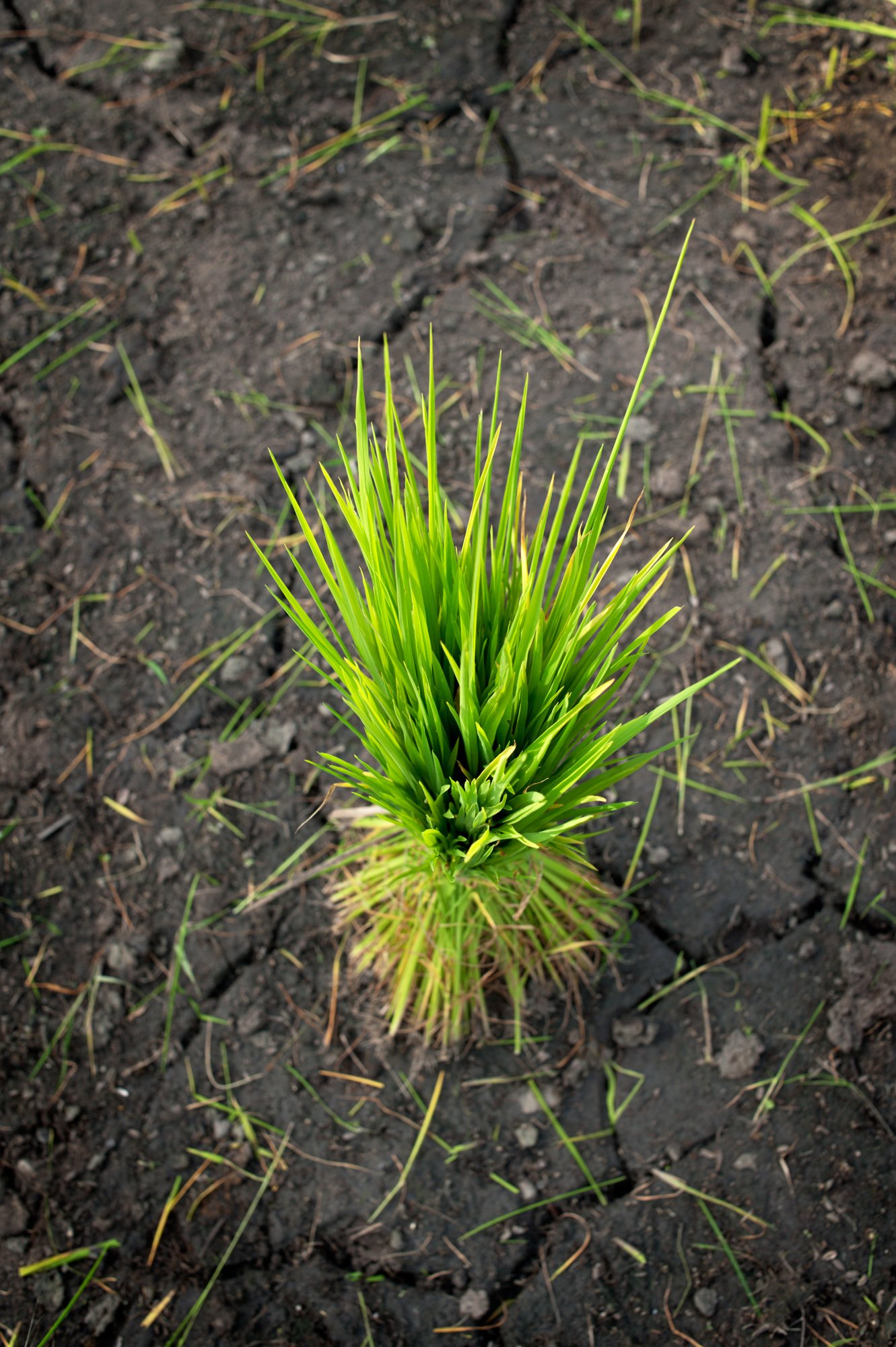
Experiment when Storytelling with Digital Photos
Experimentation with different focal length lenses is the key to knowing how to use them well. Practice for a day taking photos only using a single focal length. Do this a few times with different focal lengths.
Get in close and stand further back than you normally would. Study the results and compare a wide composition taken with a telefocus lens and a wide lens. Look at the differences when you get in close with a medium lens or a wide lens.
Mixing up your use of focal lengths will help you produce more powerful pictures that tell a story. But don’t go crazy with them. Using two to three focal lengths when storytelling with digital photos will help bind your photos together. Using too many different focal lengths can leave a photo narrative looking disjointed.
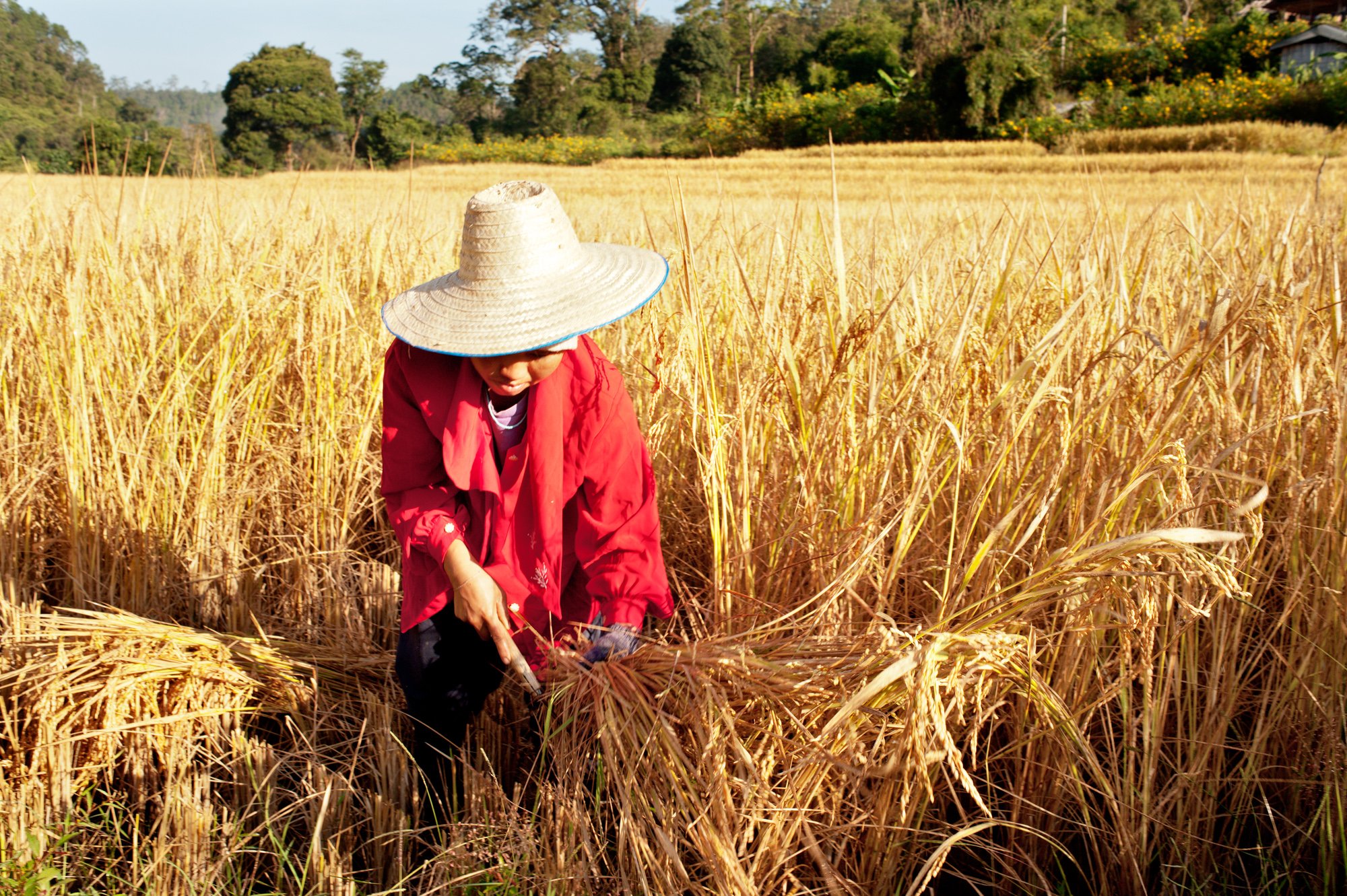
Two Favorite Lenses
I have two favorite prime lenses. They are a 35mm f/1.4 and a 105mm macro f/2.8. I can photograph for months on end using these two lenses. I have become very familiar with them and love the results they give me. This combination of lenses allows me to capture most subjects that I enjoy.
Creating a photo narrative with only these two lenses may seem restrictive if you are used to using a wider range. This might be two zooms, or even one. Many photographers love to carry a 24-70mm and a 80-200mm (or similar focal lengths.) These lenses will cover most situations people like to photograph in. The exception being where a longer lens is needed, like for birds, wildlife or many sports. The versatility is great, but it can also be limiting.
Using too many different focal lengths when you are storytelling with digital photos risks chaos. The final series of photos you are working to produce must be cohesive. You want to show a clear flow in your narrative. When every photo you include is taken with a different focal length this can cause a fragmented look. Sticking with fewer focal length lenses will help hold your story together.
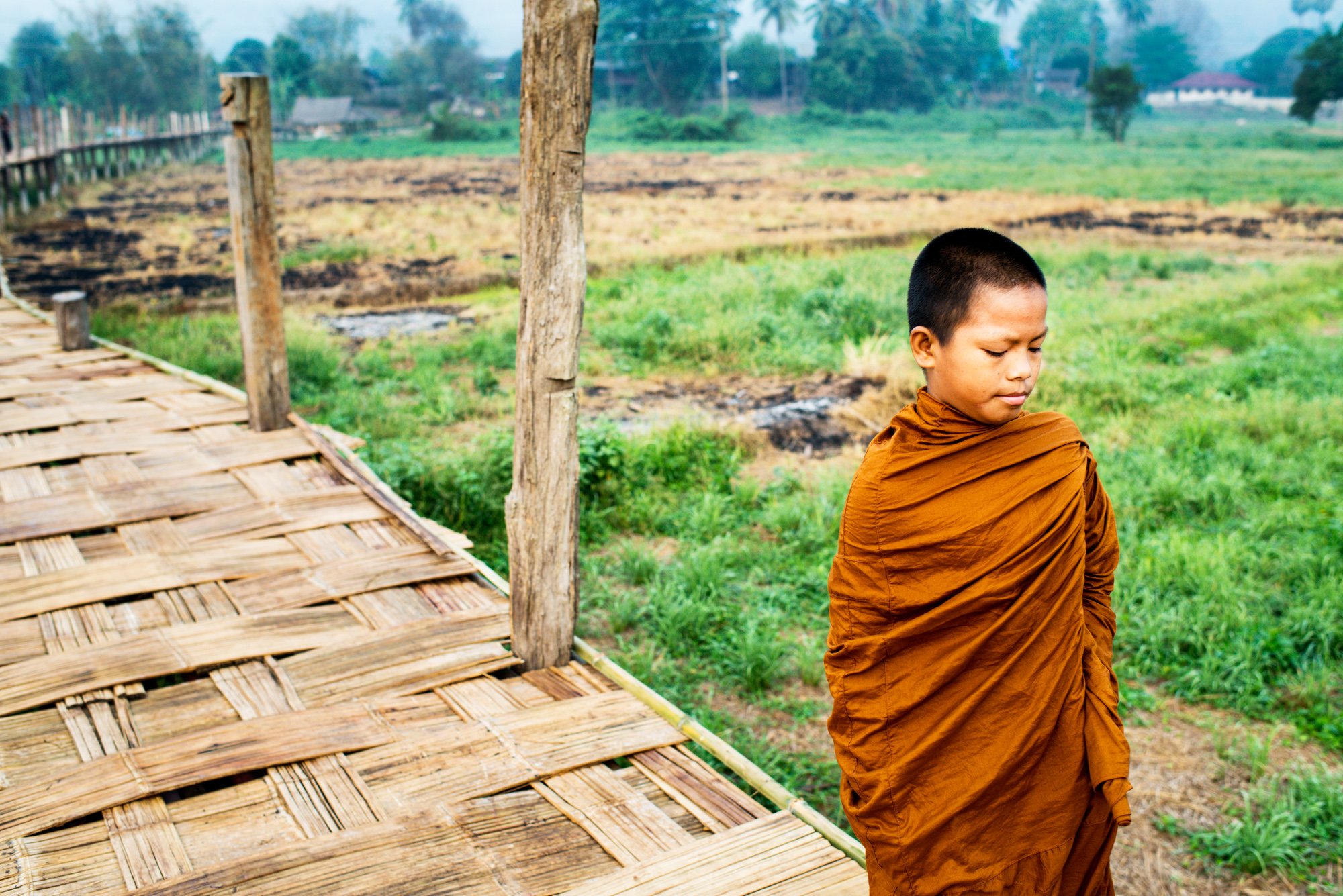
Wide, Medium, Close Up
Combine these three photo essay tools to build a series of strong compositions. Creating photos that are all too similar will not present a clear account of your subject material.
Break your composition mix into wide, medium and close up photos. This will enhance your storytelling with digital photos.
Further Reading
If you’ve enjoyed reading this post you will also enjoy “How To Curate Your Photo Content Into A Wonderful Story” and “Photographing People – A Guide For Shy Photographers”
